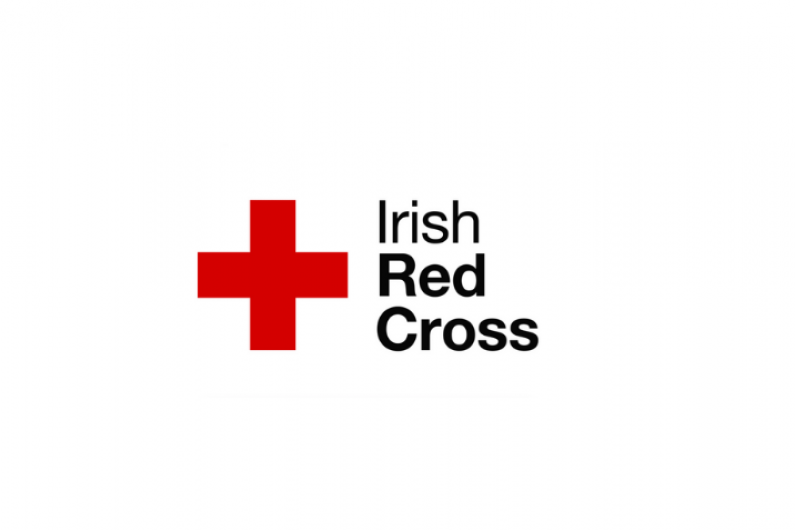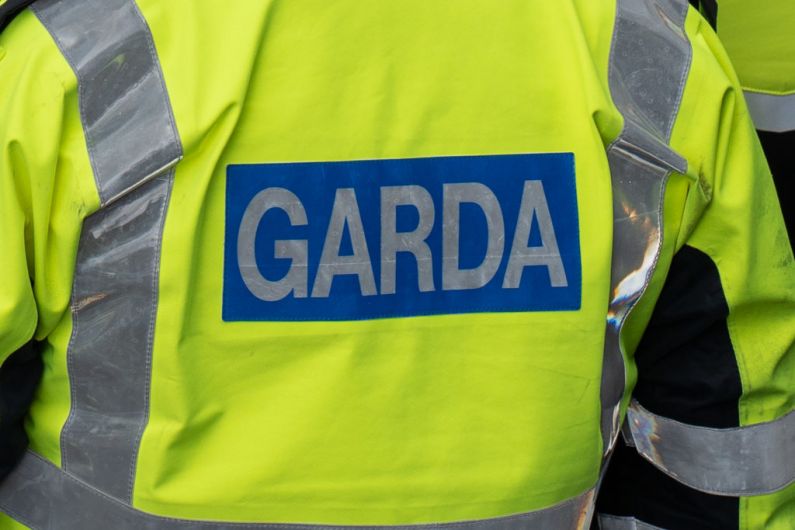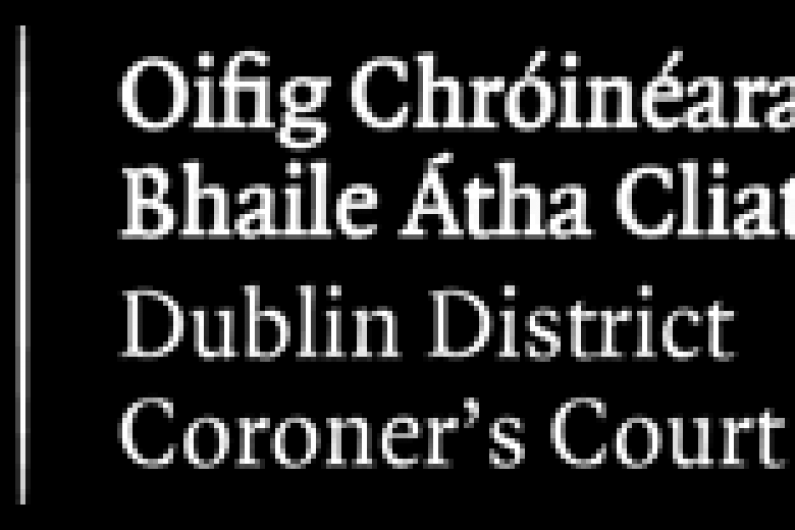The greater Killarney area becomes a Low Smoke Zone from September 1st.
This means that smoky – or bituminous – coal cannot be sold, marketed, distributed or burned within the area from next Tuesday.
There are rules associated with this new legislation – however, there are some interesting exceptions that allow for the storage of smoky coal within these areas.
Firstly, why is the burning of smoky coal being regulated?
According to the EPA, the burning of smoky coal releases toxic emissions into the atmosphere.
There is no safe level for exposure to fine particles; negative effects have been observed at even low levels of exposure.
Other toxic substances are present in coal and are released to the air when it is burned; these include mercury, cadmium and arsenic.
For the purpose of the regulations, what’s considered “low-smoke fuel”?
Low smoke fuel emits less black smoke than comparable fuels. Black smoke contains high levels of PM2.5, which is harmful to the environment and to human health.
Low smoke fuel emits some smoke while igniting, but when burning efficiently, emits less smoke.
So, you may not burn bituminous coal, which is often marketed as “Polish Coal”, “Columbian Coal”, “Texan Coal”, “Russian Coal”, “Premium Coal” or “House Coal”.
In addition, you may not burn waste timber, particularly that which has been treated, painted, varnished, lacquered, glued, or had any substance added as this causes the release of toxic and cancer causing air pollutants.
Where wood logs/blocks are used, these should be dry, to improve energy efficiency and to avoid excess emissions of creosote, which can build up in your chimney and lead to chimney fires.
A creosote chimney fire can burn hot enough to crack a chimney flue or even the chimney breast.
There are regulations which the householders and retailers have to abide by. From a retailer’s point-of-view, what restrictions are imposed upon them?
If I’m a retailer within the Low Smoke Zone, I cannot market, sell or distribute smoky coal within the zone, even to customers living outside the zone.
However, I can store it for delivery to customers at addresses outside the Low Smoke Zone.
It should not be in view of customers, as this constitutes “marketing”.
I also cannot have signs advertising bituminous coal. I must record all deliveries of bituminous coal to addresses outside the Low Smoke Zone, and I must be carrying at least one metric ton when I leave the depot.
From next Tuesday, were I a retailer in Killarney selling coal, I can have smoky coal and deliver it to you in Kenmare. However, I have to load my truck up with at least one ton of smoky coal when leaving the yard.
This is regardless of the amount you want delivered.
In this example, you being the retailer operating within the Low Smoke Zone, can you sell smoky coal to a customer who can prove they live outside the zone? For example, you’re a Killarney retailer selling to someone in Listry?
No. A customer living outside the Low Smoke Zone may phone me and place an order for bituminous coal, and I may deliver it to them. The complete transaction, including payment, must take place outside the Low Smoke Zone.
If you are delivering low smoke fuels in a Low Smoke Zone, can you carry bituminous – or smoky - coal for later delivery outside the Zone?
No. It is an offence to make any sales of any fuels in the Low Smoke Zone while at the same time carrying bituminous coal on the vehicle. On-the-spot fines will be issued to anyone found selling in the zone with bituminous coal on board.
If I had two ton of smoky coal for you in Kenmare, but stop and sell a bag of smokeless coal to someone on College Street first, I’d be breaking the law and would be liable for an on-the-spot fine.
So, is it an offence to drive through the Low Smoke Zone with bituminous coal in your vehicle?
Not if this coal is destined for addresses outside the Low Smoke Zone. However, I must have started my journey with a minimum of one ton on board, and must have records of the quantity of each type of fuel on board, the names and addresses of customers to whom it will be sold.
I must not stop to make any sales within the Low Smoke Zone. All sales dockets must be kept for inspection by the local authority.
What if you deliver a few 40kg bags of smoky coal to me in Kenmare and are returning with the other couple of hundred kg to your base in Killarney town, would you risk prosecution?
No. Not as long as my records show that I began the outward journey with at least a metric ton on board – despite what you ordered - and I have records of all sales made since then.
What if you retail outside the Low Smoke Zone? Do you’ve to worry about who you sell smoky coal to?
No. My customer commits an offence if they bring it back into the Low Smoke Zone to burn.
Who enforces these rules?
Kerry County Council has responsibility for enforcement. Also, in relation to inspections, if an authorised person suspects that smoky coal is being burned at a private house in the Low Smoke Zone, that person may call to investigate, and may ask you to show a sample of the fuel you are burning.
On a slightly lighter note, it’s been said that low-smoke coal products are more difficult to light than Polish coal and that they give less heat?
The government documentation on this says low-smoke fuel may take slightly longer to light than Polish coal, but the method is the same. Also, there are several types of “low-smoke coal”, of varying qualities, just as there are several types of bituminous coal. Some fuels are more suitable for open fires, while others are more suitable for enclosed appliances such as stoves. With the right type of Low Smoke fuel for your fire or stove, there is no reason why your heat output can’t match that of a bituminous coal fire. If in doubt, ask your local fuel merchant for advice.
If householders or retailers want to find out if they’re in the affected area, how can they find out more?
You can click here to find out more about the Low Smoke Zone.
The full document, upon which this story is based, can be found here.

EH - August 2020






